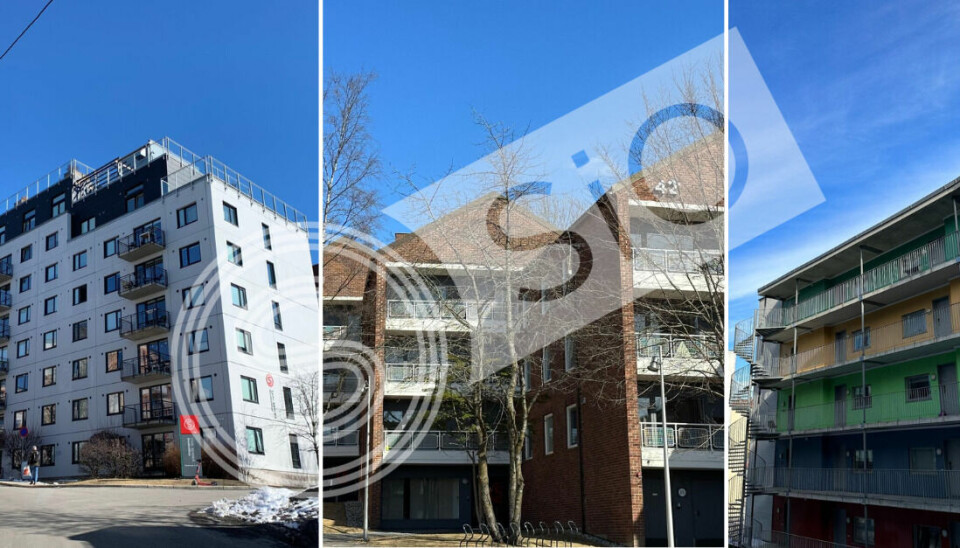
The What’s What of SiO Housing: Sogn, St. Hanshaugen, and Carl Berner
Guide to SiO Housing made by students who live there — part 1.
Have you wondered which student housing facility in Oslo is the best fit for you? I bet you have. SiO, or the Foundation for Student Life in Oslo and Akershus, has you covered when it comes to finding a spot to live. They oversee 8 900 housing units, and partner with 27 different institutions across the city. But choosing your dream SiO residence is more than reading through a list of amenities. What’s the application process really like? And how can you find a place to call home? By hearing the experiences of the three students who live there — hopefully you will find yourself closer to an answer.
Sogn Student Village: International Student Central
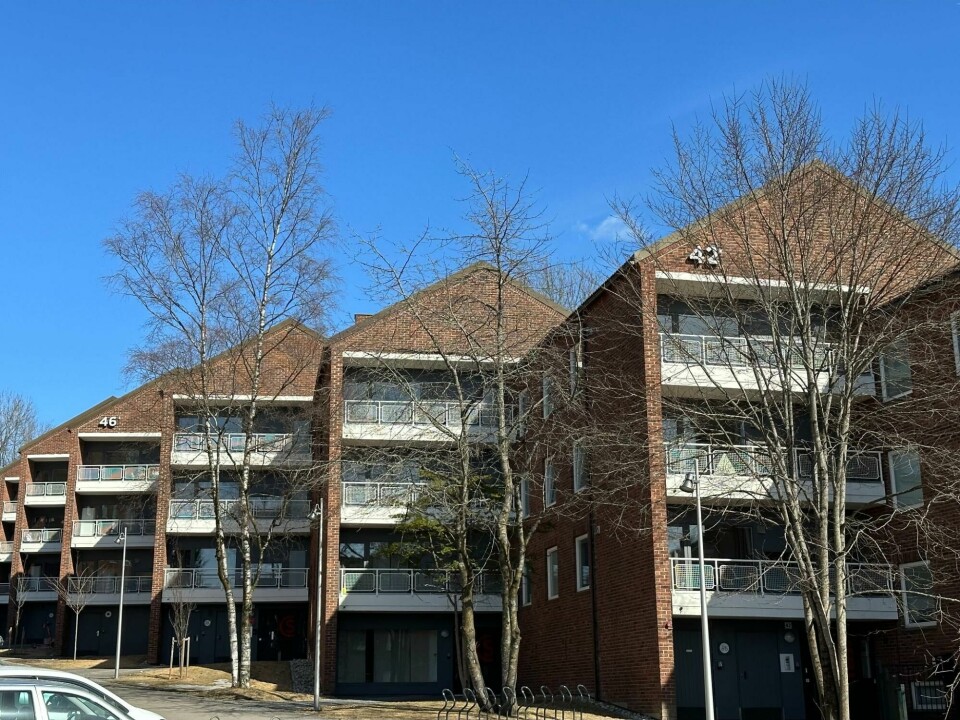
Sofia is a Danish Media Science student on exchange in Oslo during 2023. She had always planned on finding accommodation through SiO: “I got advice from older students who went to Oslo… and from my home university. They both recommended it.”
Sofia also had a positive experience receiving help from the administration prior to arriving in Norway. Internet connectivity issues during the summer break. meant she missed the initial cutoff to confirm her tenancy. But staff provided her with helpful support: “You had a two or three day window to reply, and I didn’t have Wi-Fi all the time. I was kind of stressed out at that point… but everything was alright.”
What and who will you find at Sogn?
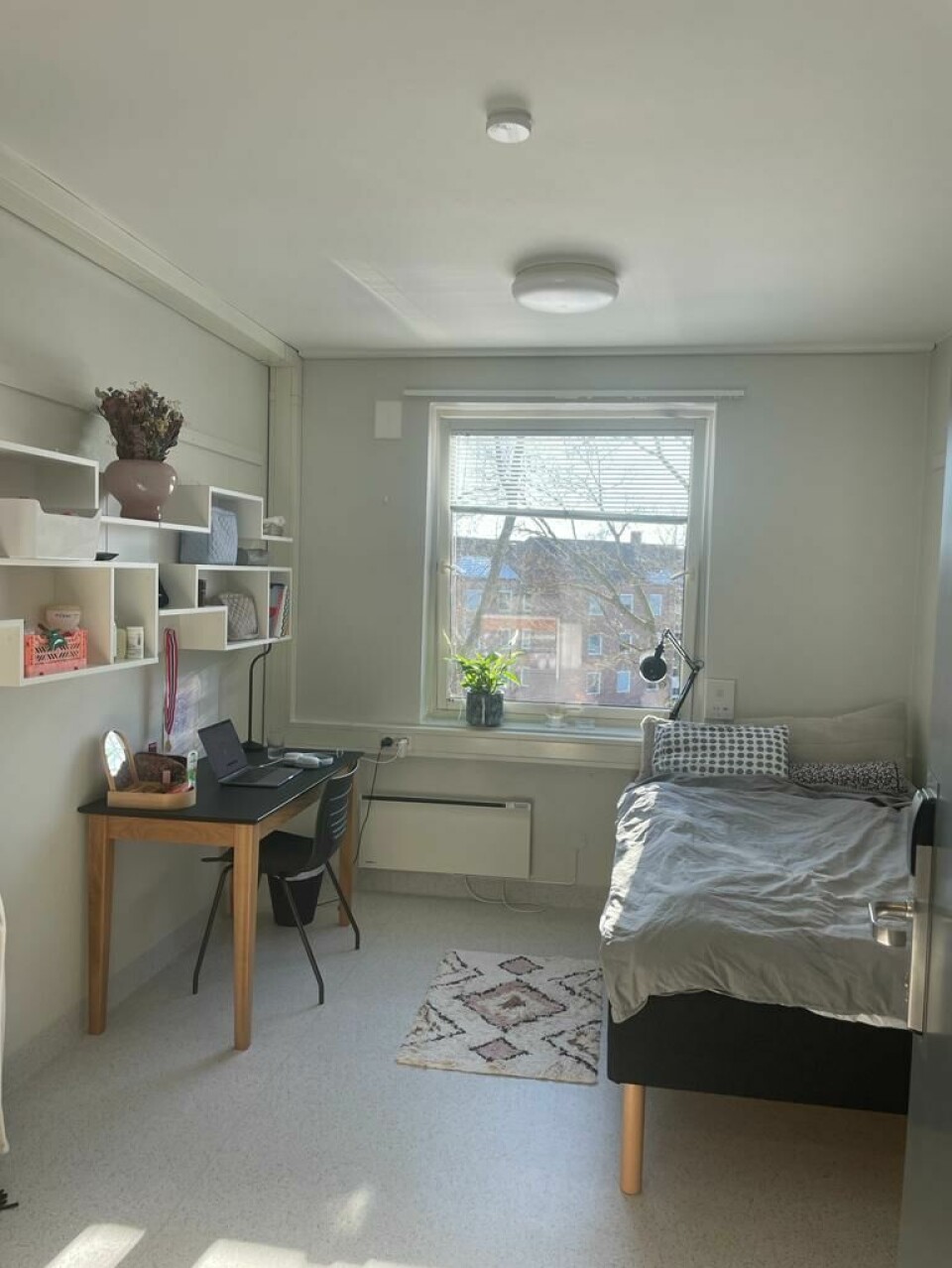
Sofia was placed in a shared apartment in the Sogn Student Village, a short bus ride from The University of Oslo’s Blindern campus. There are 1683 housing units, making Sogn the SiO’s second largest student housing precinct. It boasts a number of facilities — such as an on site activity house Amatøren, and a dedicated study area — called ‘Yellow House’. Sogn also has a reputation for having a high number of international students.
Acting Director of SiO Housing, Elin Øvstebø Birketvedt, said that SiO does not intentionally place international students at any specific location: “Exchange students can apply for any housing within our student villages. Sogn and Kringsjå are the biggest... and are also popular among international students,” she stated.
During Sofia’s stay at Sogn, she has mainly come into contact with other international students. She says that a greater number of domestic students would have improved her stay at the village: "I’m happy with [Sogn] now… but definitely would have preferred accommodation closer to the centre, with lots of Norwegian students. People want to experience the authentic culture in the country they are visiting… and that is difficult if you just read about stuff online."
What does the flat look and feel like?
In terms of household amenities, Sofia shares a kitchen and bathroom with five other international students. They get along well and eat weekly dinners together. Initially, Sofia and her roommates were disappointed with the lack of communal space in their accommodation: “I did miss having a couch, and a nice cosy area… to do social stuff with your roomies.”
This prompted the flat to create a space of their own — sourcing a coffee table and couches to add to the corner of their shared kitchen. However, she acknowledges that this is an exception to the norm. “Obviously not everyone has the same amount of initiative or energy to do that,” she acknowledged.
What could be improved?
Another suggestion Sofia had was an increase in introductory activities for incoming students: “We had the intro week, but that was connected to the university. I would like it if SiO could maybe do some activities for people living in the housing.”
Ms Øvstebø Birketvedt says that there are some events organised for students throughout the semester: “My best advice to new students in Oslo is to check out SiOs Event Calendar… to explore the possibilities, and to find out more about the many student associations and their activities.”
St. Hanshaugen Student Village: Oslo’s Trendy Inner City
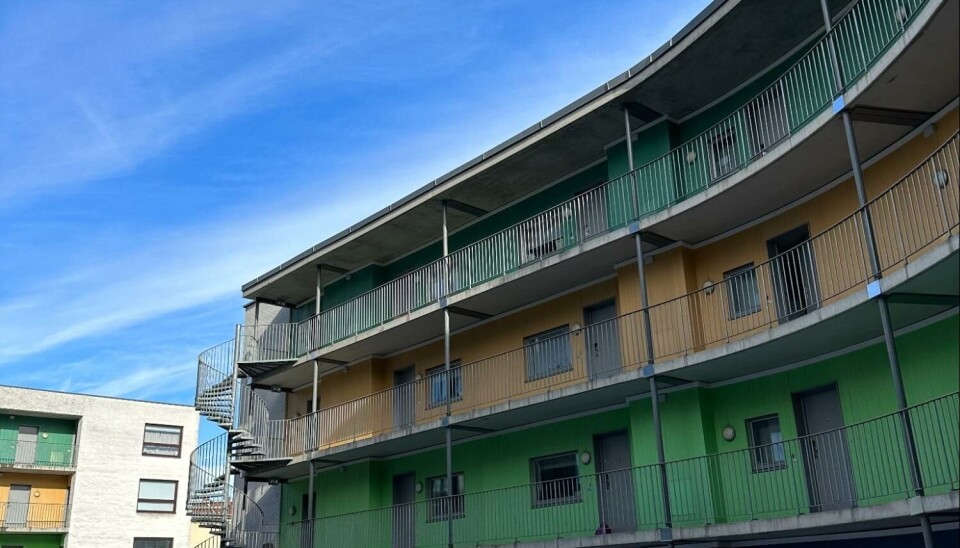
Ani is a Political Science and Data Science student from the United States, currently residing in the St. Hanshaugen Student Village. Prior to arriving in Norway, Ani looked for information on external forums like Reddit, and thinks the process of applying was straightforward: “It was super easy compared to my home university’s housing application. There was no application fee… in the States, you’d have to pay so much money even just to apply.”
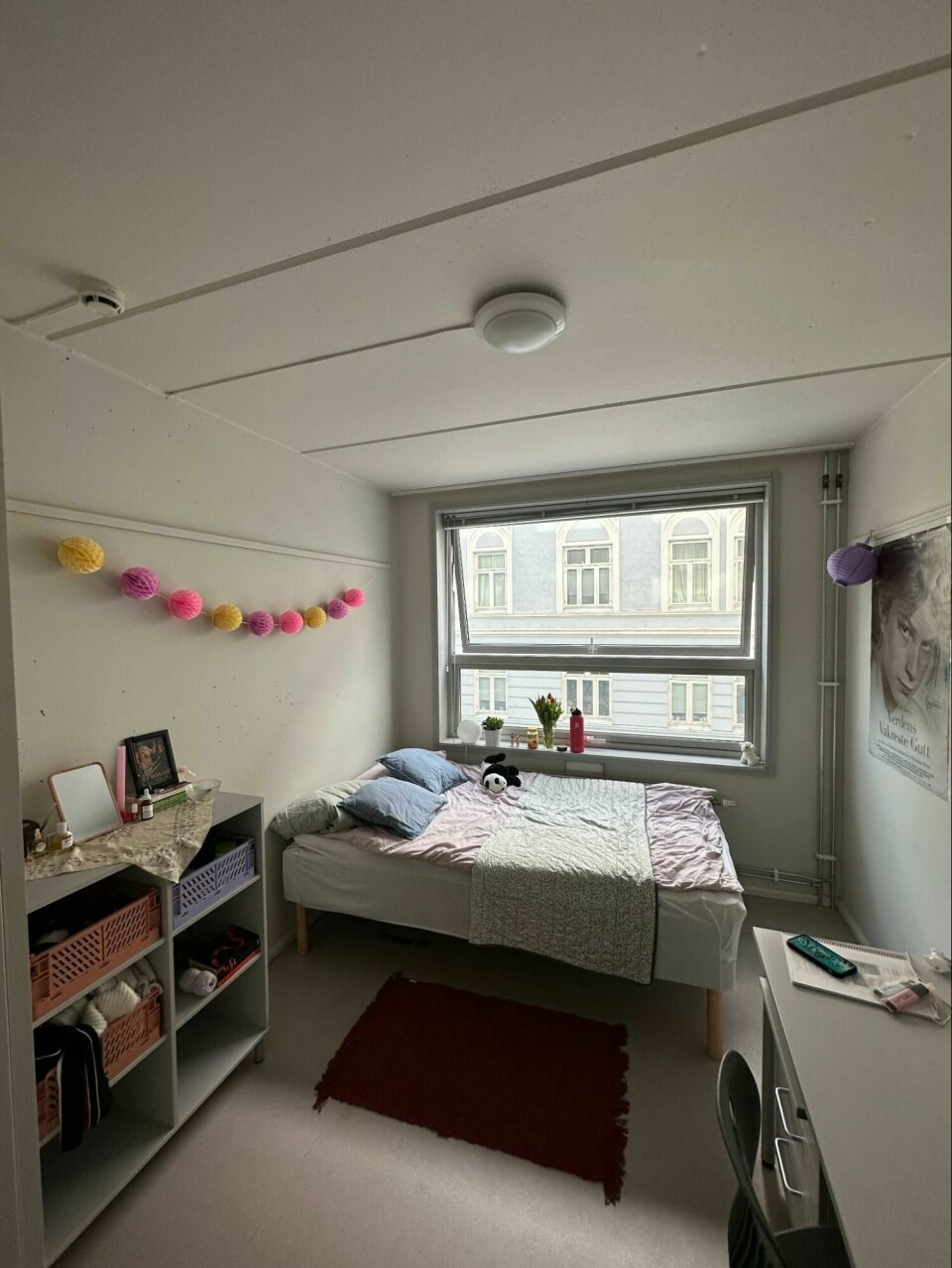
Despite this ease, she does remember being apprehensive about where she would be placed: “One thing that worried me was the uncertainty of where I’d be … and I had never lived in my own room,” she said.
When deciding on her preferences, Ani prioritised spots that appeared to have a high exchange student population — like Kringsjå and Sogn. She says these places have a more social reputation online. In contrast, she tried to steer clear of places that seemed isolating, or more suited to independent living. “I know St. Hanshaugen was super low on my list, because I was prioritising the social aspect more so than the location,” she explained.
So when receiving a placement in St. Hanshaugen, Ani was unsure how to deal with the news: “At first I was sad, because I knew that Sogn was probably more social, and the environment was more like the dorm that I had lived in,” she admitted.
What and who will you find at St. Hanshaugen?
But the American student now sees her placement as a positive thing. She loves the location and atmosphere of the inner city suburb, and finds her room comfortable. “I’m really thankful that I got this place. If I would have done it differently, I would have put St. Hanshaugen first,” she said.
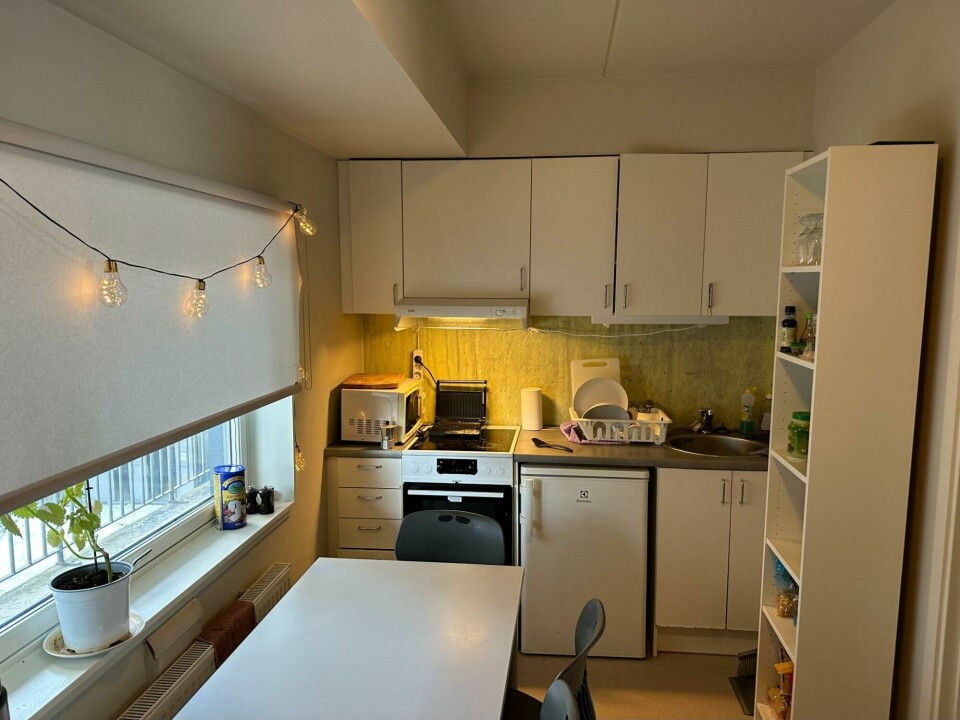
One feature of the housing village that Ani particularly likes is the nearby Byttebod — a public booth which enables residents to donate their unwanted goods to a new home. So far, Ani has collected a jacket, two pairs of jeans, and two lamps for her bedroom.
What does the flat look and feel like?
In addition to the desirable location, Ani is pleased with the facilities at her residence. She has a private bedroom, and shares a kitchen and bathroom with one roommate: “I haven’t run into any issues with the housing… or the amenities or anything like that.”
What could be improved?
When it came to potential changes, Ani would be eager to see more communal spaces — both within her flat and around the village as a whole. St. Hanshaugen does include a rooftop terrace area and a shared backyard — but these outdoor facilities are not suited to the winter weather. Some facilities, such as Kringjå and Sogn, have had recent upgrades to their indoor communal spaces. Ani would enjoy similar improvements being rolled out at her own accommodation. She believes that this would make it easier to meet neighbours, and socialise with friends outside of the confines of your own space: “We’d get a sense of community. Because you really don’t meet anyone in the building.”
Carl Berner Student House: Accessible Urban Living
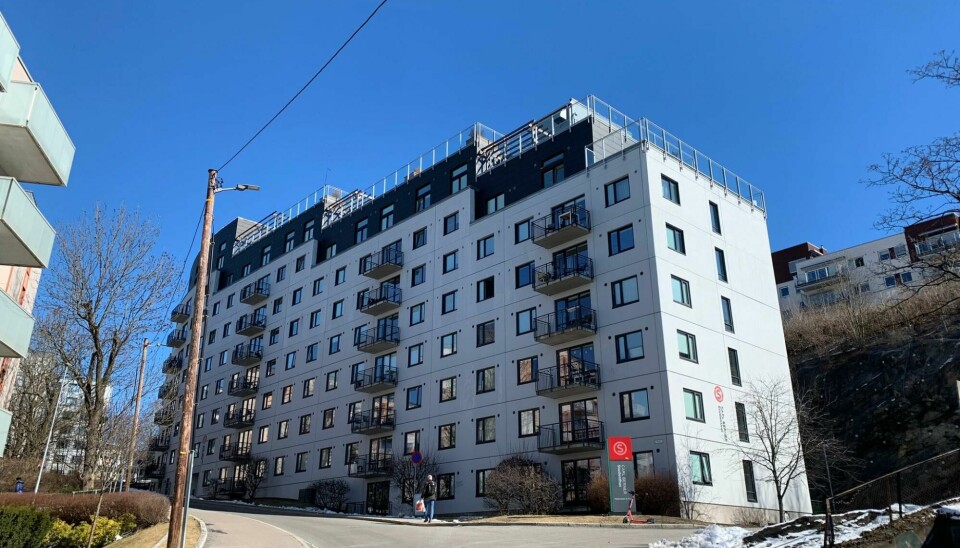
Naomi is a Geography and Anthropology student who comes from Australia. While she found the process of applying with SiO simple, she had some difficulty identifying what would be an ideal neighbourhood: “That was really hard, because it felt so out of context and abstract. These are just random names to me, and nothing really meant anything,” she said.
For the Australian student, finding a place that suited her needs was an important aspect about living abroad. She researched on external forums like Reddit, and used Google Maps to understand the layout of the city: “I [wanted to] be close to the centre and further away from uni than the other way around.”
She also contacted a cousin who had previously lived in Oslo for more information about certain neighbourhoods: “I was really nervous about picking what I felt like was the right housing, so that I could have a good experience,” she remarked.
If Naomi were to go through the application process again, she would have taken this research a step further: “I think I would have tried to contact people who were already in Oslo… and ask about their experiences with housing,” she said.
What and who will you find at Carl Berner?
Ultimately, Naomi is happy with the central location of her Carl Berner residence: “I can get anywhere really fast. The metro, buses, and trams are going at all times. Everything is within reach,” she explained.
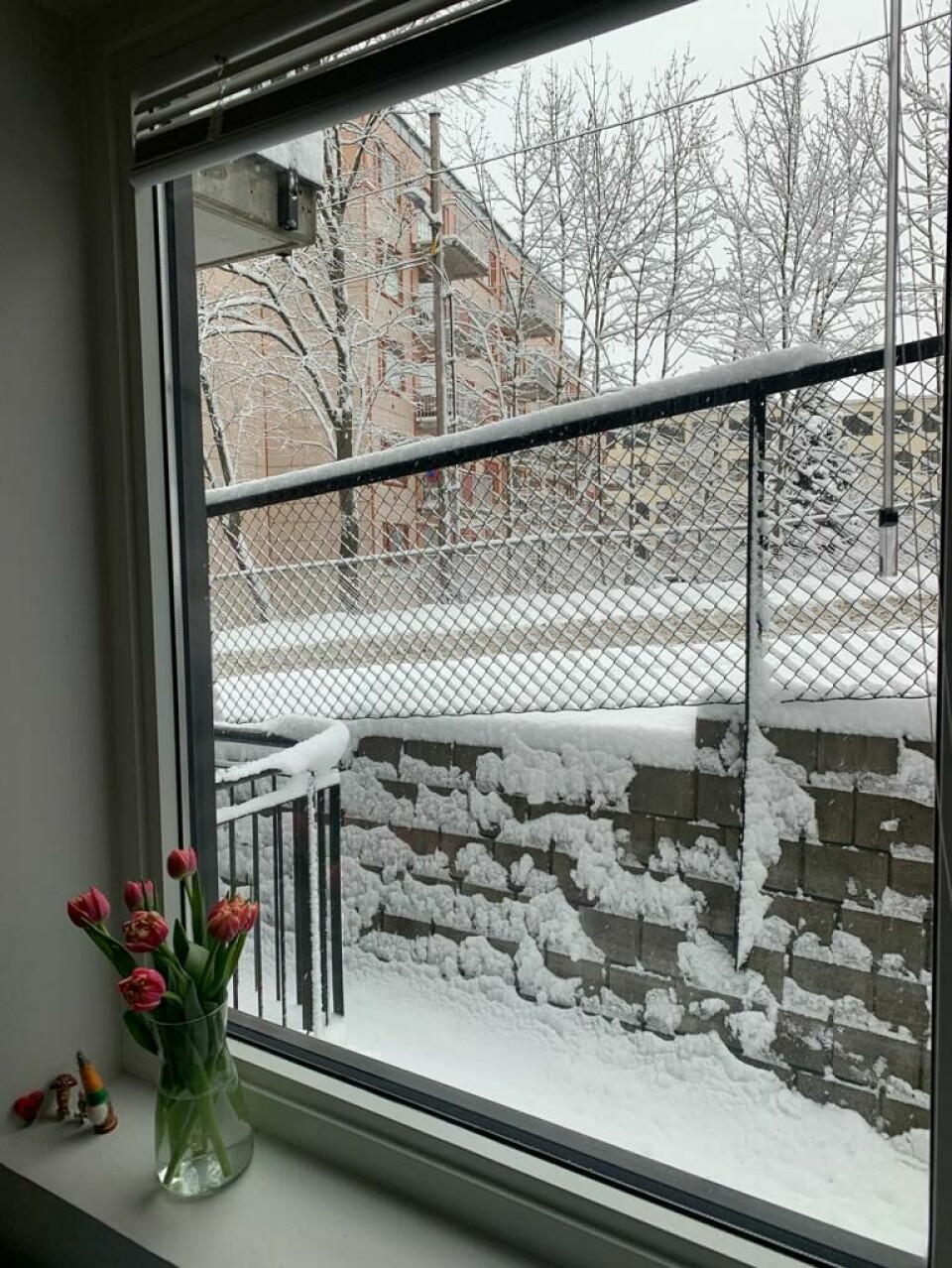
What does the flat look and feel like?
Naomi is also satisfied with the room itself. Her room is a private ensuite, and she shares her kitchen with three others. However, she has not found her accommodation to be overly interactive: “I barely know anyone except the people I share my kitchen with, and even then it’s a very non-social relationship. The kitchen is not really built for communal living. There’s no communal spaces.”
This dynamic is a contrast with Naomi’s Australian home. While she has lived overseas temporarily during a gap year program, this is her first time living completely by herself: “Leading an independent adult life is different from living with your family… you have a lot of support and comfort all the time. In student housing you have to create that yourself.”
What could be improved?
She says that more shared areas would encourage more interaction among Carl Berner residents: “If there was a way to help facilitate socialising, and have a communal space, that would be nice.”
Naomi would also like a channel during the application process that could connect incoming international students with current students. The Australian student thinks that this would ensure people have questions answered before they arrive in Oslo, by someone with first hand knowledge.
Ms Øvstebø Birketvedt says that there are a number of mechanisms through which students can communicate suggestions like this to SiO. Yearly customer surveys gather feedback from residents, and students are involved in testing new services and products before they are introduced. “Students are also welcome to contact our Customer Service Centre at any time with questions or feedback,” the Acting Director said.
Home time!
The experiences of Sofia, Ani and Naomi add some context to the process of applying for SiO accommodation as an international student. While there are perhaps improvements that could be made — namely in terms of accessible communal areas — each student has found a place to call home in a completely new city. And with this foundation, they have the launching pad from which they are able to make their study abroad experience a success. For more information on student housing, visit the SiO website or consider contacting the department directly.
































